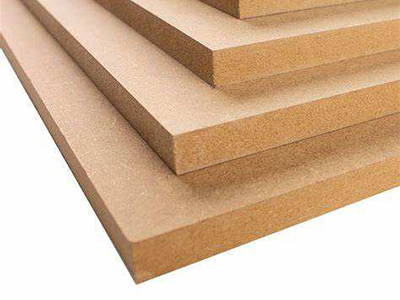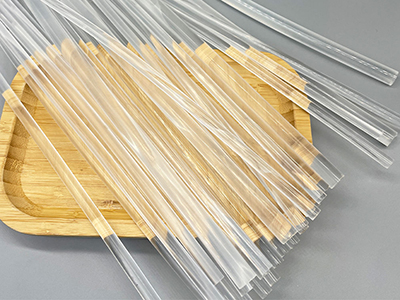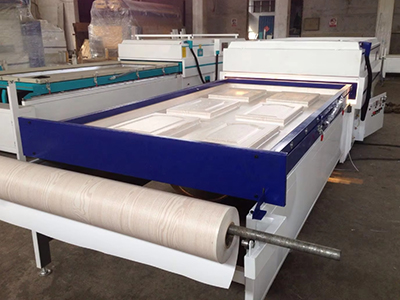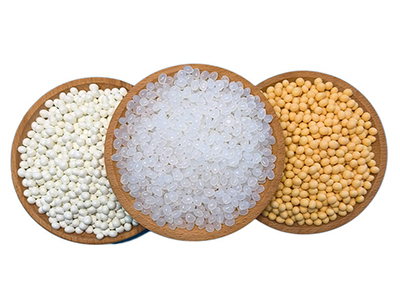MDF (Medium-Density Fiberboard) is a type of engineered wood product that is commonly used in furniture and cabinetry. The choice of using screws or glue with MDF depends on the specific application and the structural requirements of your project. In many cases, both screws and glue can be used together for a stronger and more reliable joint. Here’s a breakdown of when to use screws, glue, or a combination of both with MDF:
- Screws Only:
- When you need a disassemblable joint: If you anticipate the need to disassemble or reassemble the components later, using screws is a better choice. This is common in furniture that may need to be transported or reconfigured.
- Glue Only:
- When aesthetics matter: Glue can create a cleaner and seamless joint, making it ideal for applications where the fasteners’ visibility is a concern. This is often the case in high-end cabinetry or woodworking projects.
- Screws and Glue (Recommended):
- For added strength: Combining screws and glue provides a stronger and more durable joint, especially for load-bearing components or structures. This is typically recommended for most MDF applications, as it ensures a stable, long-lasting bond.
- In areas with high stress or shear forces: Using both screws and glue is essential in places where the joint will be subjected to significant stress or shear forces, such as in shelving, table legs, or cabinet corners.
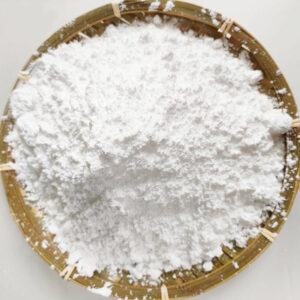
When using screws in MDF, it’s essential to pre-drill pilot holes and countersink them to avoid splitting or cracking the material. Additionally, be careful not to overtighten the screws, as MDF is not as dense as solid wood and can be damaged more easily.
When using glue, choose a high-quality wood glue, and follow the manufacturer’s instructions for application and drying times. Clamping the pieces together during the curing process ensures a tight bond.
In summary, for most applications involving MDF, using both screws and glue is recommended for the best combination of strength and durability. However, the specific use case, aesthetics, and assembly requirements will ultimately dictate whether you use one, the other, or a combination of both.


